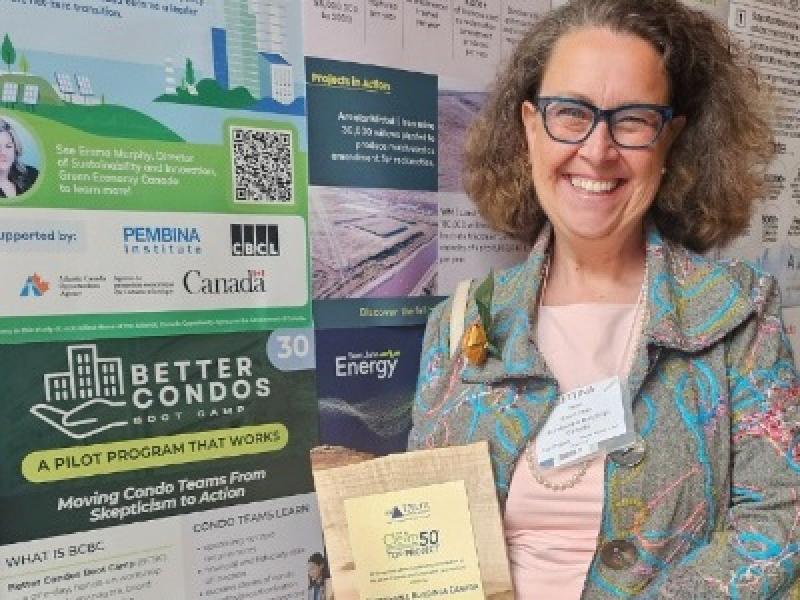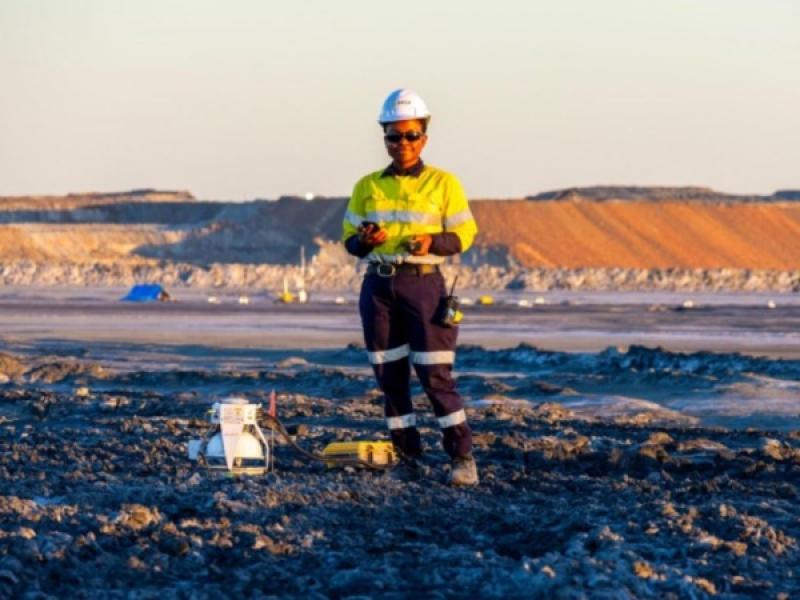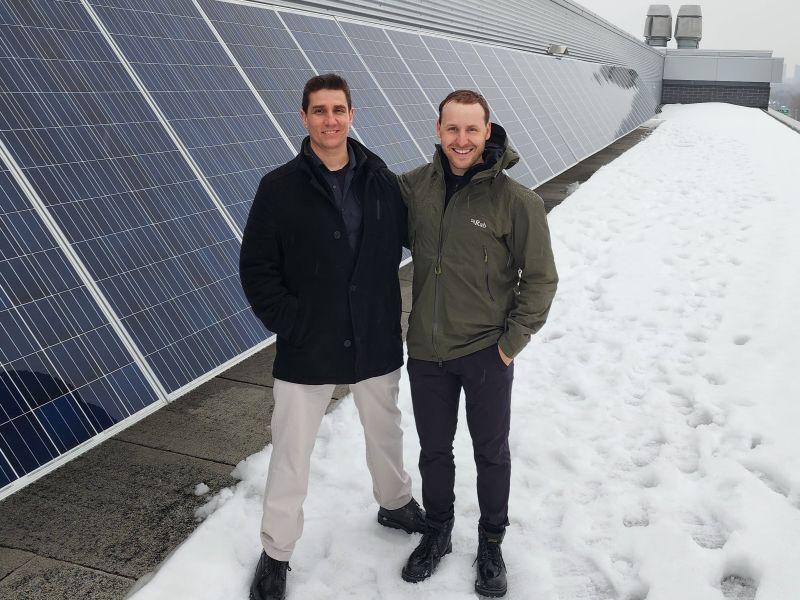
Regulatory and financing barriers will have to be overcome to achieve mass adoption of retrofits for affordable housing if net-zero targets are to be met, according to a report by Urban Land Institute British Columbia (ULI BC).
Titled Opportunities & Challenges of Retrofits, the B.C. branch of the global non-profit for real estate and urban development professionals examined the risks and openings around upgrades that reduce carbon emissions from buildings.
As buildings account for a quarter of greenhouse gas emissions in Metro Vancouver, and 80 per cent of the buildings that will be standing in 2050 are already here, retrofit options such as heat pumps and triple glazed windows can play critical roles in reducing climate-warming pollution.
“We feel that retrofitting our existing buildings is really a big challenge, but also a once-in-a-generation opportunity,” Vincent Delfaud, co-chair of the Vancouver Net Zero Imperative and vice-president of design and sustainability for Bosa Properties, told Sustainable Biz Canada.
With many concrete buildings in Vancouver being sources of carbon emissions, he hopes the report demonstrates the benefits and business case for a retrofit.
Why affordable housing was examined
Forming a technical advisory panel in May 2024 as part of ULI’s Net Zero Imperative, ULI BC focused on affordable housing because it is often neglected in research, Delfaud said.
The panel was tasked with developing a roadmap for scaling-up retrofits in affordable housing. It looked at Alexander House, an 81-unit seniors housing project in Vancouver, for its case study. An “aging concrete building” in need of upgrades to cut its carbon emissions, Delfaud said it needs safeguards for its vulnerable residents against climate threats such as heat domes.
On a tour of Alexander House, stakeholders and experts from the City of Vancouver, BC Hydro, Brightside Homes and Efficiency Capital were interviewed by the panel to get an overview of the building’s performance and condition, and what actions could be applied from for-profits into the non-profit sector.
The panel then participated in a workshop to identify hindrances to retrofits, draw up a plan that will qualify for the Canada Mortgage and Housing Corporation's retrofit program, and define recommendations to stakeholders.
The hurdles to retrofits in affordable housing
Retrofits are too dependent on offsetting high energy costs and carbon taxes, which are not high enough to justify the significant upfront investment, the report states. Another issue is that affordable housing operators have limited capacity for debt servicing.
“There’s very little cases that are actually viable business-wise and despite the strong climate goal, the money doesn’t always flow where it’s needed,” Delfaud said.
A limited pool of qualified project managers compared to commercial housing projects means retrofits in the non-profit space are more onerous to implement.
Ensuring the building has the electrical capacity to fit the increasing amount of electrical equipment is another major concern that will present financial challenges and could disrupt tenants and building operations.
Finally, the permitting and funding approval processes for retrofits are treated similarly to new construction, despite being “fundamentally different”, according to the report. Design reviews and underwriting are added to the process, forming complexities ULI BC says are unnecessary.
Analysis of a potential series of retrofits for Alexander House concluded it can be “financially very risky and uncertain” for organizations with limited resources, and could disrupt tenants.
Untying the knots
As solutions, the panel recommends the City of Vancouver broaden its scope of approved measures for reducing carbon emissions beyond mechanical or facade retrofits, which it argues better supports housing operators, developers and asset managers.
The ULI BC panel urges fines for greenhouse gas intensity be partly moved to a new program to incentivize retrofits of non-profit buildings in Vancouver.
For funders, the application processes for various retrofit programs, grants and loans could be merged into a single, streamlined step to save time and money.
On the building operator side, a standardized occupant survey template for affordable housing landlord associations in B.C. would help to assess the effectiveness of retrofits across topics such as occupant health and comfort, the report says.
Though the not-for-profit approach complicates the financial reasoning for a retrofit, Delfaud said it is just as important to consider the importance of human well-being in the calculations.
“The way decarbonization or retrofits are incentivized today is through something that’s not necessarily paying back, and most specifically on the affordable housing side.”
The argument for a retrofit investment in the non-profit sector can be strengthened by pointing to non-financial benefits such as improved quality of life for tenants by maintaining affordable housing and improving tenant comfort during extreme heating and cooling events.
ULI BC will be holding an event on April 10 in Vancouver to present its report.










